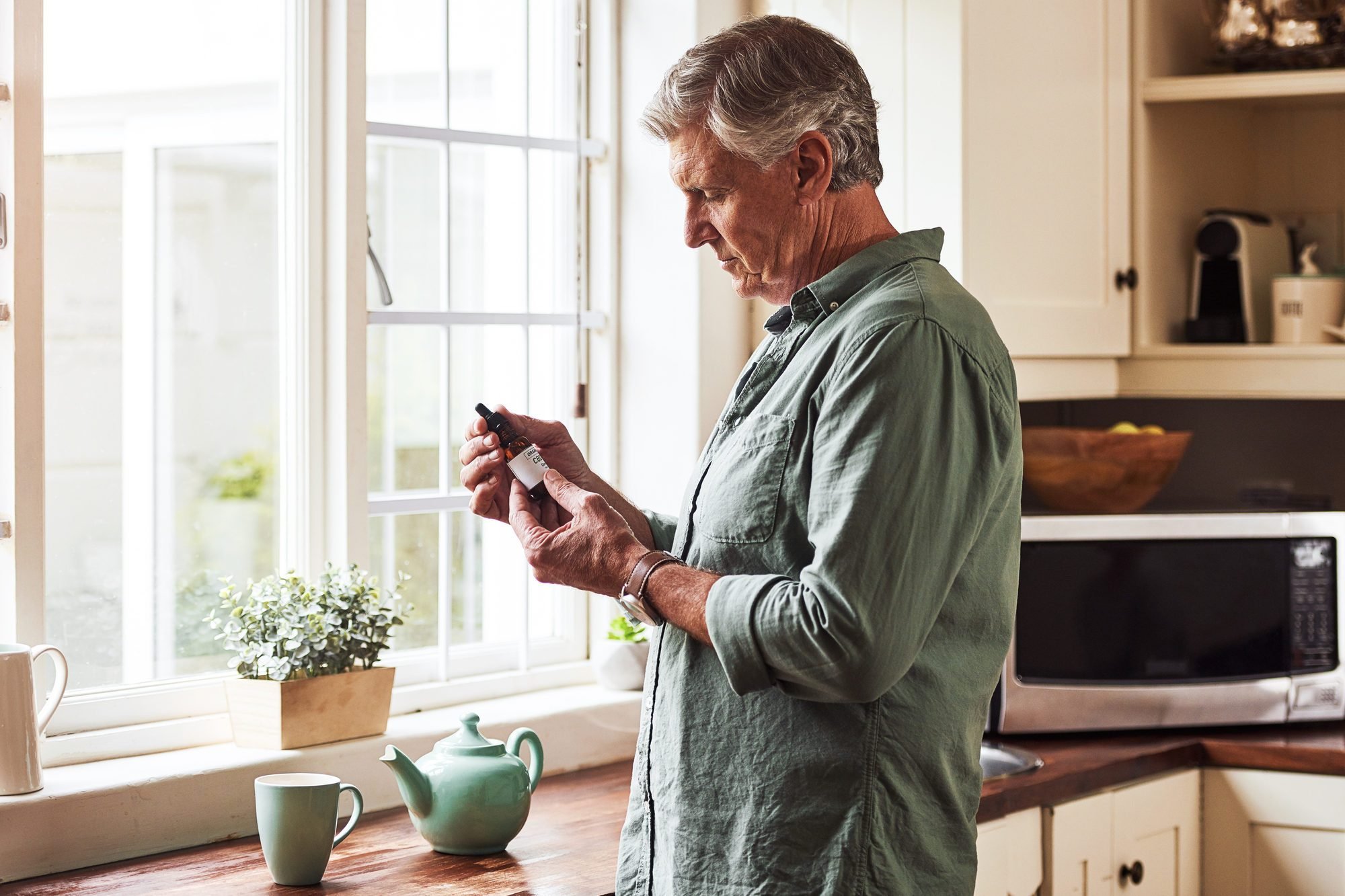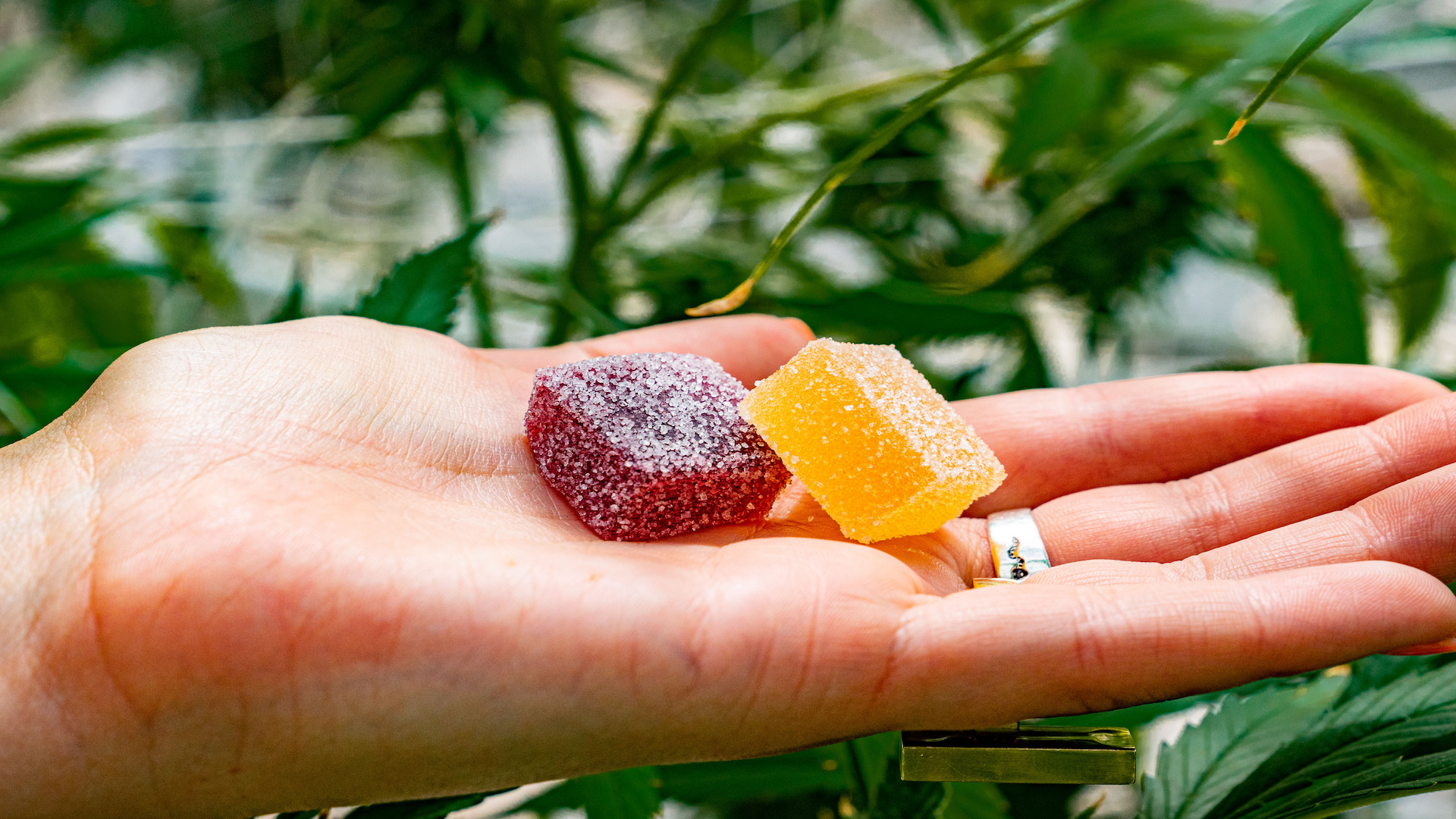CBD is one of the hottest products on the health and wellness market right now. Everybody and his brother seem to be making a formula capable of curing everything from anxiety to insomnia. Unfortunately, thanks to a lack of regulatory oversight, the market is rife with fakes and frauds. That is not good for consumers.
Genuine CBD products are what consumers want. But too often, they get fake products instead. These are products that contain little or no CBD. They are products that are marketed as miracle cures even though they do nothing for the condition they are supposed to address. So what are consumers to do?
Reader’s Digest published a fantastic article on this very topic in early June 2022. This post will discuss a few of the article’s recommendations later on. But first, it is important to understand how CBD gets from plant to retail shelf.
- Extracted and Processed
Retail CBD products begin as industrial hemp at a growing operation. Whether it is grown indoors or out, growers harvest the plant before processing it themselves or selling it to a third-party processor. Third-party processors invest in expensive hemp extraction equipment designed to capture all the valuable components found in hemp plants.
Houston’s CedarStone Industry is a company that designs and builds hemp extraction equipment. Their equipment produces what is known as crude oil. Following extraction, crude oil is distilled to separate cannabinoids, terpenes, and fats from unwanted compounds. The separated materials are the raw ingredients for retail CBD products.
- Not As Reported
Moving on to fake CBD products, the Reader’s Digest article cited a 2020 study showing just how inaccurate CBD labels are. The majority of the seventeen samples tested for the study failed, which is to say that the reported ingredients were not accurate, the products were contaminated, or they did not contain as much CBD as labels suggested. Some products failed on all three counts.
There could be any number of possible reasons for the study’s findings. However, said reasons are less important than the fact that CBD products might not actually live up to consumer expectations. The question for consumers is this: how do I spot a fake?
Reader’s Digest offers a number of tips, some of which may surprise you:
1. Pay Attention to the Bottle
The valuable components in a legitimate CBD product are vulnerable to sunlight. In other words, they break down and become less effective if they are not protected. That’s why legitimate manufacturers tend to use brown or green bottles. If you are looking at a product packaged in a clear bottle, be suspicious.
2. Over-the-Top Health Claims
Another red flag is any kind of over-the-top health claim. Consumers should be especially cautious of claims that a CBD product ‘cures’ a disease or successfully ‘treats’ a health condition. Legitimate manufacturers make no such claims because they know doing so is a violation of law. They don’t want to get shut down.
3. Compare Product Prices
The old adage that you get what you pay for applies in the CBD space. If you are looking at a product with a rock bottom price, compare it to similar products from other manufacturers. An extremely low price could be a sign that you are looking at a fake.
Unfortunately, the CBD market is rife with fake products. They are products made by manufacturers who are only looking to score a quick profit before moving on to the next opportunity. It is incumbent upon consumers to be diligent about their CBD purchases. They should stick with reputable manufacturers who sell their products through equally reputable retailers.



